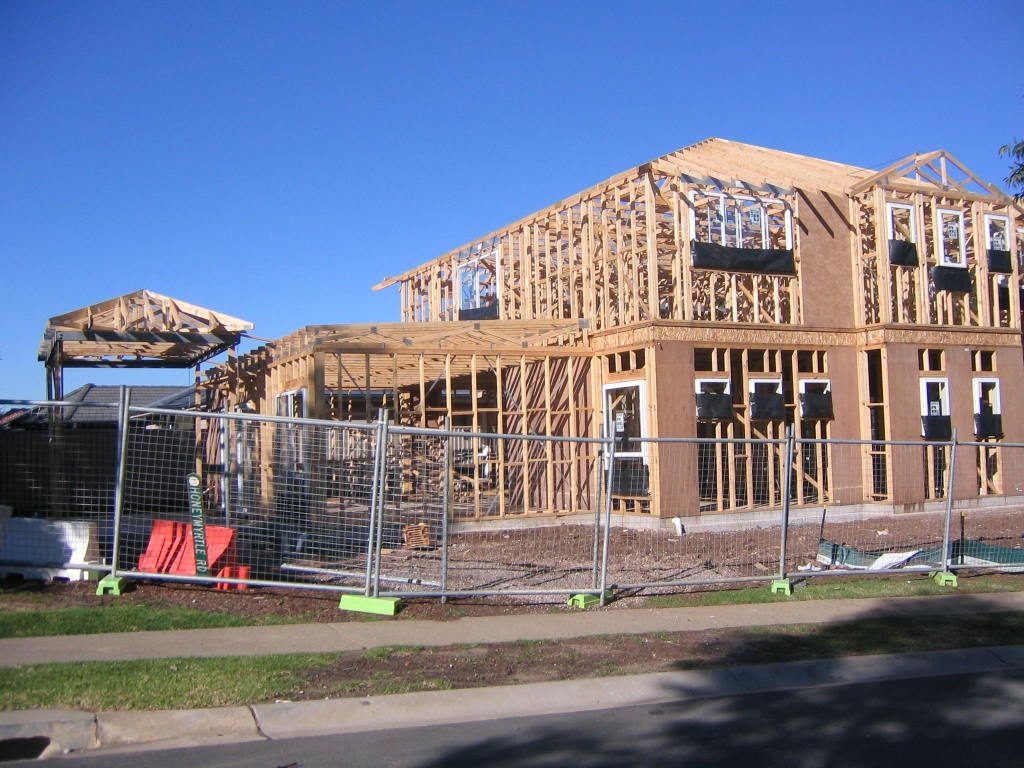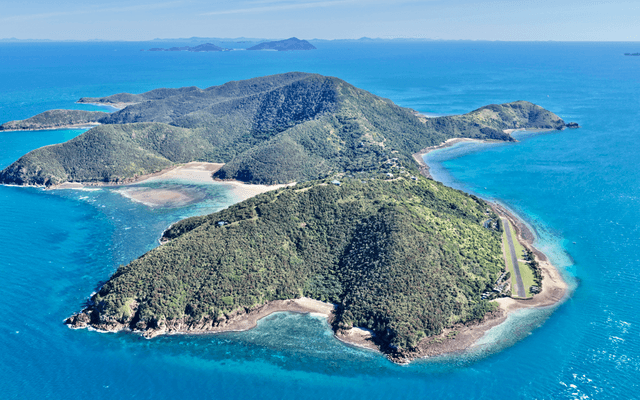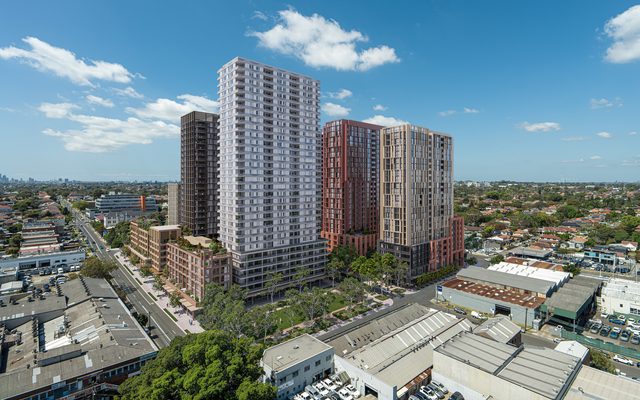This article is from the Australian Property Journal archive
MORE than 37,000 dwellings in Australia are in limbo between having being approved and construction kicking off, as building material costs and high interest rates stall projects and halt the delivery of much-needed housing supply.
Analysis from KPMG Australia shows almost half of the approved but not-yet-commenced dwellings are accounted for by Sydney (30%) and Melbourne (18%).
Data for December 2023 shows the glut of “not yet commenced housing” is 8% higher in Sydney and 11% higher in Melbourne compared to the five-year average.
“There is always a lag between housing being approved and construction commencing, but current estimates show an abnormal number of dwellings sitting in this category, suggesting other market factors are stalling the pipeline of new builds,” KPMG urban economist, Terry Rawnsley said.
Almost 80% of the stalled dwellings in Sydney and Melbourne were townhouses and apartments. Increased construction costs have hindered the commencement of many higher-density projects, and increases in interest rates are impacting buyers’ purchasing power.
Growth in national construction costs continued to stabilise in the first quarter of 2024, CoreLogic’s Cordell Construction Cost Index shows, but costs are still a whopping 27.6% higher than at the start of the pandemic.
Meanwhile, any prospect of interest rate cuts was likely pushed out further yesterday, with official data showing the annual rate of inflation increased in April.
Apartment undersupply levels are set to worsen over the next few years, and will force buyers into the pre-commitment market and to pay more for off-the-plan apartments to compensate for higher construction costs, JLL is forecasting.
Rawnsley said the last two quarters in Sydney have been “particularly challenging”.
“The most recent quarter have seen more than 11,000 dwellings approved but not yet commenced. With the pool of newly approved dwellings falling, one might expect the pool of not yet commenced dwellings to be falling too, but it remained steady.”
Melbourne’s December result of 6,840 dwellings was the second-highest over the past five years.
Brisbane (2,610 dwellings) also saw an 8% increase over the five-year trend. It bucked the trend with the increase in approved-but-not-yet-commenced dwellings being driven by detached housing rather than townhouses and apartments.
Perth’s strong housing market saw the December figures 9% below the five-year trend.
Rawnsley said the number of approved-but-not-yet-commenced dwellings has been drifting lower over the past couple of years in Perth, but this wasn’t surprising as there has also been a significant fall in approvals, meaning the pipeline is drying up.
A record number of dwellings in the ACT (1,772) have been approved but not yet commenced. This is 63.5% higher than the ACT the five-year December trend.
The rest of NSW has been trending upwards over the past five years and is almost 20% higher than the five-year trend.
Rawnsley says despite the large number of stalled builds there are positive signs the backlog may soon ease.
“With housing prices now rising, strong population growth, and construction costs starting to stabilise, developers could be gaining more confidence to start housing projects.”
However, a broad-ranging report by the Albanese government’s National Housing Supply and Affordability Council tabled this month said national cabinet’s goal of building 1.2 million “well-located” across the country over five years from July will not be reached, and the target has already been considered farfetched by analysts amid severe labour shortages, as well as current low approval rates and planning red tape.




